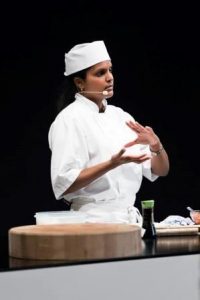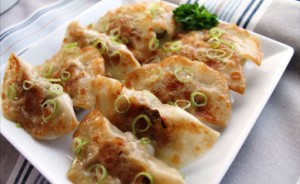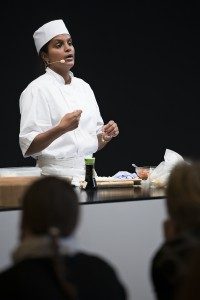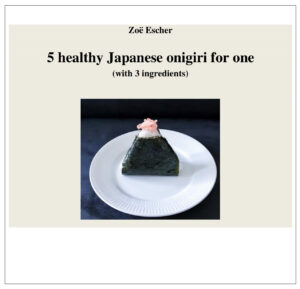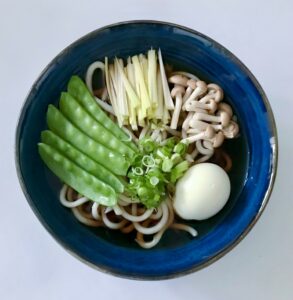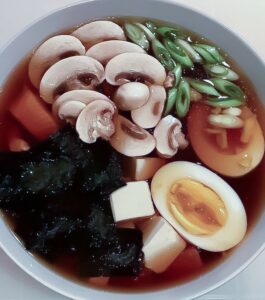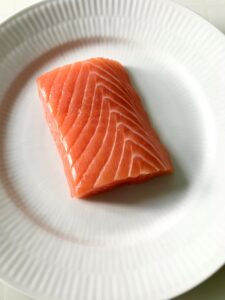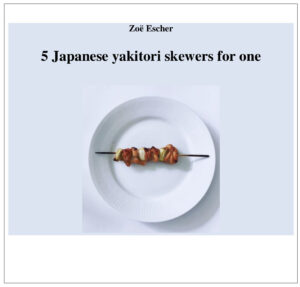
In Japan, there are several types of barbecue dishes, which are eaten all year.
Yakitori skewers, which most people have heard of are small grilled skewers with different kinds of meat, seafood and vegetables, the raw materials are marinated, prepared and cooked in a specific way, so that each skewer is a unique taste experience.
There is also another type of grilled dishes called Yakiniku.
These are restaurants that specialize in barbecue dishes where the guests cook the food themselves. Restaurants that are furnished in such a way that each party have their own grill.
In these restaurants, the menu consists of several different types of meat, seafood and vegetables cut into one centimeter thick slices.
Before the food is cooked on a hot grill, the party has the opportunity to season the raw materials with a little salt and other spices. After cooking the meat, seafood and vegetables they are eaten by dipping them in different kinds of tasty sauce.
Dining at a yakiniku restaurant often takes several hours, since you are not in a hurry and often sit and enjoy the food at your own pace.
Several people have asked me over the years how to make yakitori skewers.
I have written a mini e-book “5 Japanese yakitori skewers for one”. It is an e-book that explains step by step how to make tasty yakitori skewers using Japanese cooking techniques. Tasty barbecue skewers prepared with different kinds of meat and vegetables.
Read more about mini e-book: “5 Japanese yakitori skewers for one”.
_
Zoë has lectured and held sushi courses for A. P. Moller – Maersk, Hugo Boss Nordic, Novo Nordisk, Novartis, Velux, Gorrissen Federspiel, Beierholm revision, Elbek & Vejrup and many more.

